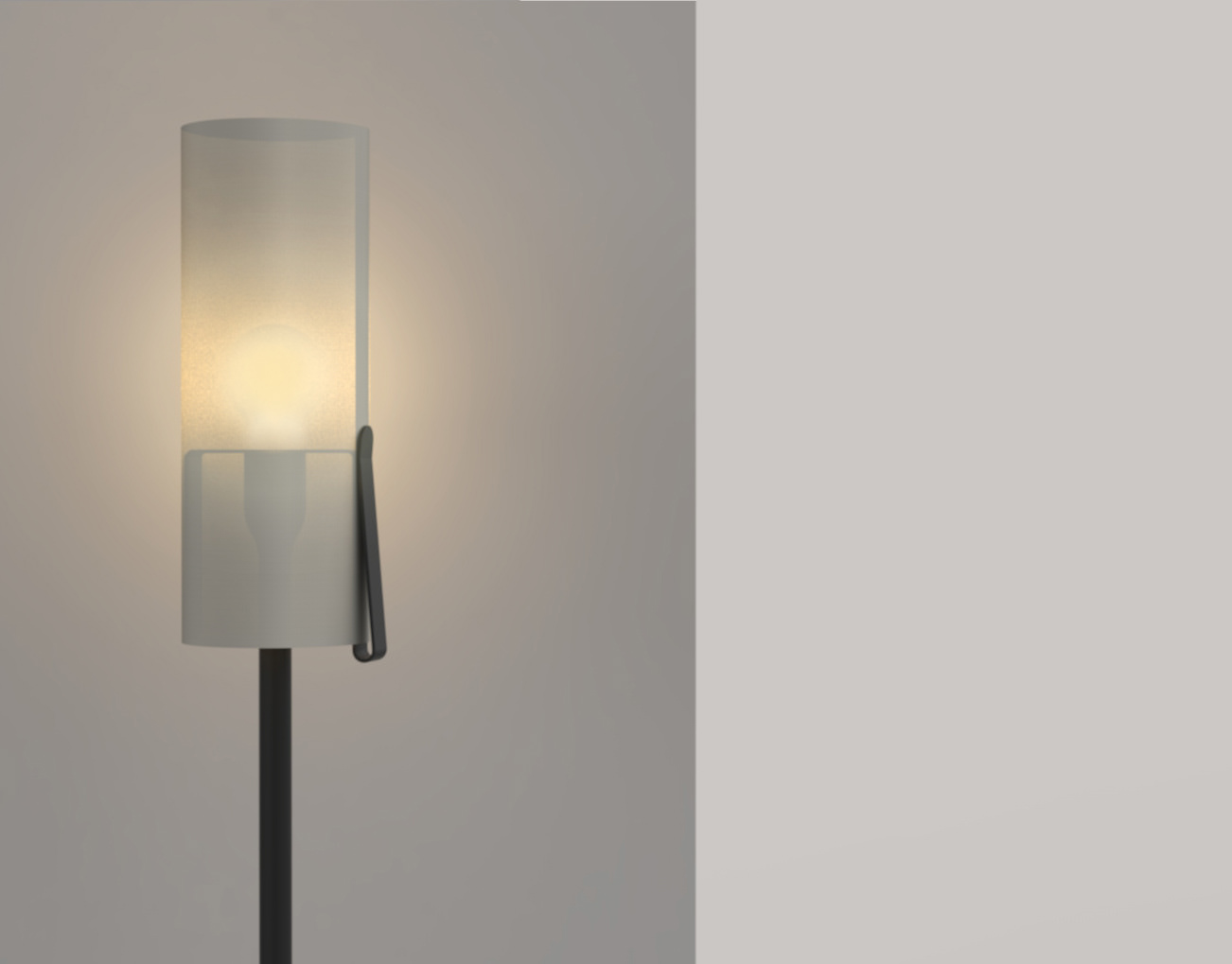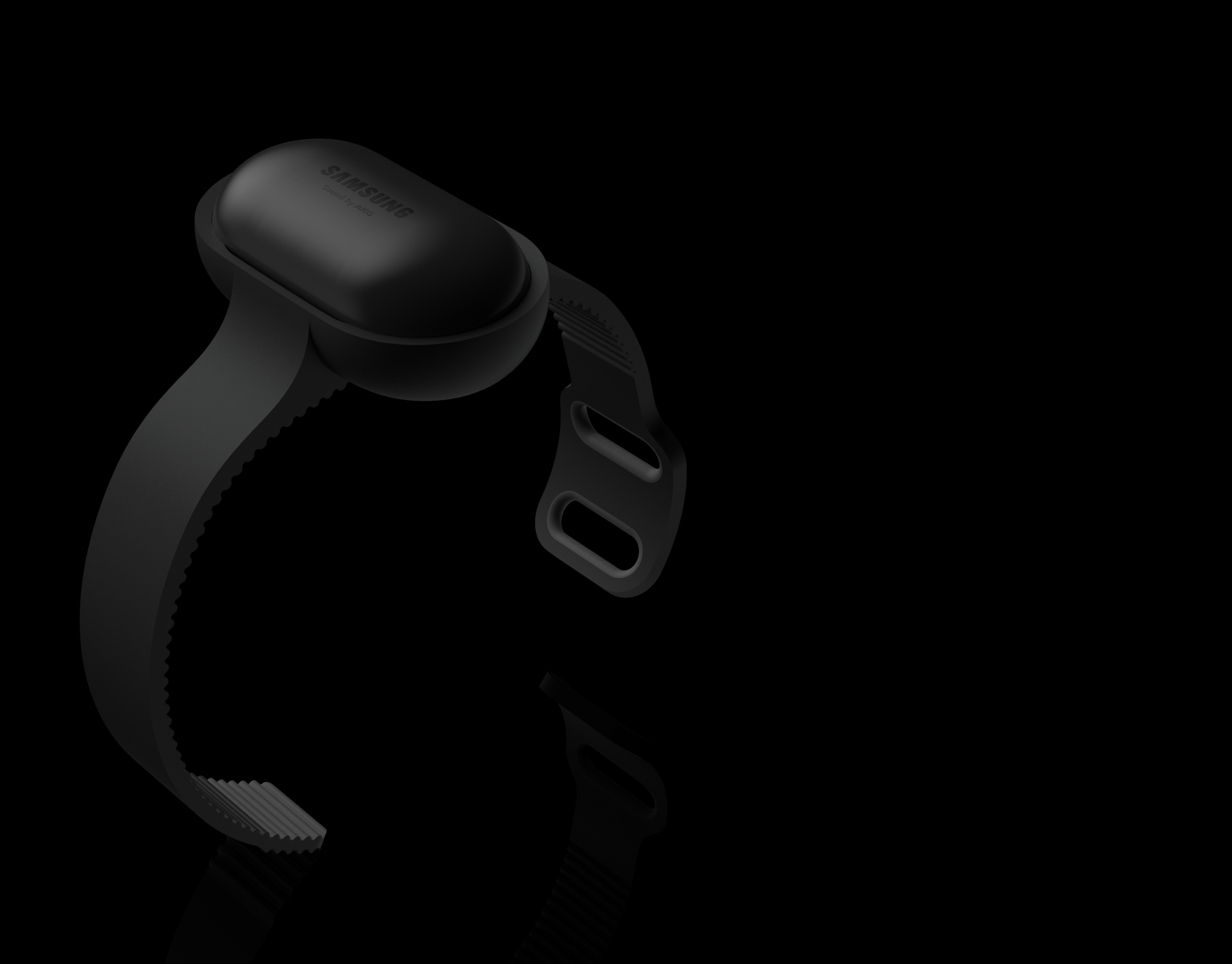POCKET - Adaptive Lumbar Solution
Cheryl Lee Shu Hui l Siew Huey Ming l Chiam Yong Sheng Kevin
POCKET seeks to introduce active sitting through a pocket of air. A snap-top mechanism allows a quick capture of air, which can be adjusted using an air-releasing valve to suit different individuals. POCKET plays with the notion of controlled instability, which keeps you constantly in minute motion. This helps you to be aware of your posture, while strengthening the core muscles and lumbo-pelvic control.
The Situation
Image Extracted from https://s.yimg.com/os/publish-images/finance/2014-05-29/78ea4450-e722-11e3-b25d-e9fd6a74f301_backache_back_pain_health.jpg
Back Pain is the number 1 cause of disability worldwide and has affected more than 1.7 billion people worldwide (more so than AIDS/HIV). Unfortunately, that sum is set to increase exponentially in the next few years to come.
Extracted from World Health Organisation (WHO), Institute for Health Metrics and Evaluation the University of Queensland School of Population Health, Harvard School of Public Health, Johns Hopkins Bloomberg School of Public Health, and the University of Tokyo, Imperial College London.
It is important to first recognise that humans are not machines and have a specific Range Of Motion (ROM). Deviation from the ROM over prolonged periods leads to aches, soreness, stiffness and eventually pain.
The People
This project thus delves into the lifestyles of people who commonly exhibit poor habits. The approach is essentially driven by the fact that back pain is a result of a fine balance between having an active lifestyle and correct posture.
What was discovered is that daily activities often revolve around sitting or lying down (sleep). A survey with 86 respondents (aged 18 to 55 years old) shows that people who spend long periods (collectively of 4 to 8 hours) in an inactive position often experienced pain/ache/soreness in similar spinal regions (thoracic and lumbar). This affirms the previous notion of inactivity leading to back pain.
Expert Opinion
Speaking with Mr. Nicholas Chun, NUH Rehabilitation Department, Senior Physiotherapist, one of the possible solutions is to introduce a dynamic form of seating which keeps people in minute motion.
Market Research
The project then examined 6 current existing products to better understand the strengths, drawbacks and opporunities and the following are found:
First, current market solutions are spinal specific and non-transferable. This implies that often a lumbar solution cannot be adopted as a seat support due to the structure of the product.
Second, inflatable solutions require users to go through a tedious and possibly time consuming process. The addition of a pump also highlighted an enlarged product footprint.
Last, users are usually left to gauge the air influx for inflatable solutions. This leads to an 'Over-Pump' phenomenon where users tend to inflate the solution pass the comfort region thus making it rigid, uncomfortable and impeccably stable. This not only discourage users from using the product but may also potentially worsen the spinal posture instead of improving it.
The approach is thus to use comfort as a hook to encourage interaction because users often seek immediate, tangible rewards such as significant pain relief.
Development & Testings
The concepts were skewed in the direction of having a pocket of air which not only conforms to each indiviudal body but also provides resistance.
POCKET - Final Concept
POCKET At A Glance
Prototype Images [Proof Of Concept]










